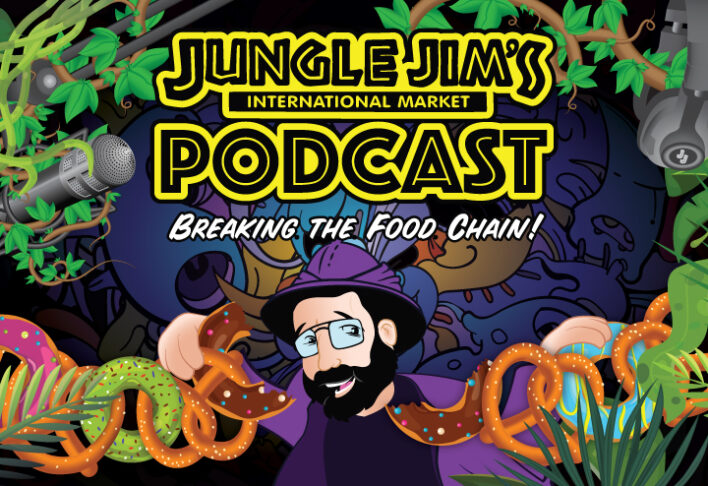
Beer Department: What is an Oktoberfest, Anyway?
Back to feed- Posted: 9/5/2018
- Categories: Beer, Craft Beer

This is another situation where beer used to be simpler. I suppose I shouldn’t bemoan the increasing complexity of beer too much, since knowing and understanding this stuff keeps me employed, but I understand that it can be confusing! I’ll do my best to explain this simply.
Until fairly recently, a beer labeled “Oktoberfest” could be understood to be a medium-bodied, clean, medium-sweet amber lager best enjoyed in the fall by the stein. This is, however, no longer the case. Beers labeled as Oktoberfest may today be a much paler blonde or golden color. Sure, they’re still lagers that will display some malt complexity, but they’re far lighter and easier to drink. These blonde beers first caught on with younger generations in Germany and their widespread popularity has now brought them across the Atlantic. So why all the confusion?

The issue is that we began using the terms “Oktoberfest” and “Märzen” interchangeably, as though Oktoberfest was one specific style of beer. It isn’t. Broadly speaking, any beer brewed for the festival can be called an “Oktoberfest.” In fact, in the 19th century, Oktoberfestbiers were dark lagers, akin to a dunkel. But, nowadays, the malty amber lagers that define the concept of festbier for most of us are actually a specific style of beer called “Märzen.” Märzens were traditionally brewed in March (hence the name) and lagered in underground caves and cellars throughout the summer months until they were ready to be served in the fall. The modern golden festbiers are being called “wiesn,” an abbreviation for the name of the fairground where the festival occurs each year. It isn’t that modern brewers of wiesn style festbiers are corrupting Oktoberfest beers; rather, they are simply evolving in response to shifting consumer demand, as has happened before. The truth is, Oktoberfest has never been a hard-and-fast or specific style of beer. It’s simply the term applied to whatever people are drinking at the festival.

Luckily, I doubt that wiesn style beers will completely supplant their Märzen brethren. Märzens are delicious and sufficiently different enough from wiesn that I believe there’s enough room in the beer drinking community for both to co-exist. Both styles are already being served side by side in peaceful unity at Munich’s Oktoberfest and those changes are happening in America as well. While both of the festbiers I recommended this month (Great Lakes and Ayinger) fall firmly into the Märzen category, there are plenty of great wiesn options as well. Weihenstephan’s Festbier is a delicious wiesn. In addition to their Märzen, Paulaner has also begun producing a wiesn which we will hopefully see soon, albeit in limited quantities. More locally, Christian Moerlein’s Das Uber and Taft’s Oktubberfest are both wiesn style festbiers that are more than worth your time. So yes, the world of Oktoberfest beers is more complicated than it used to be, but this means we have more tasty options available to us. I’m confident that the hearty German immigrants of Zinzinnati can adapt to the change. Prost!
Eric, Eastgate


